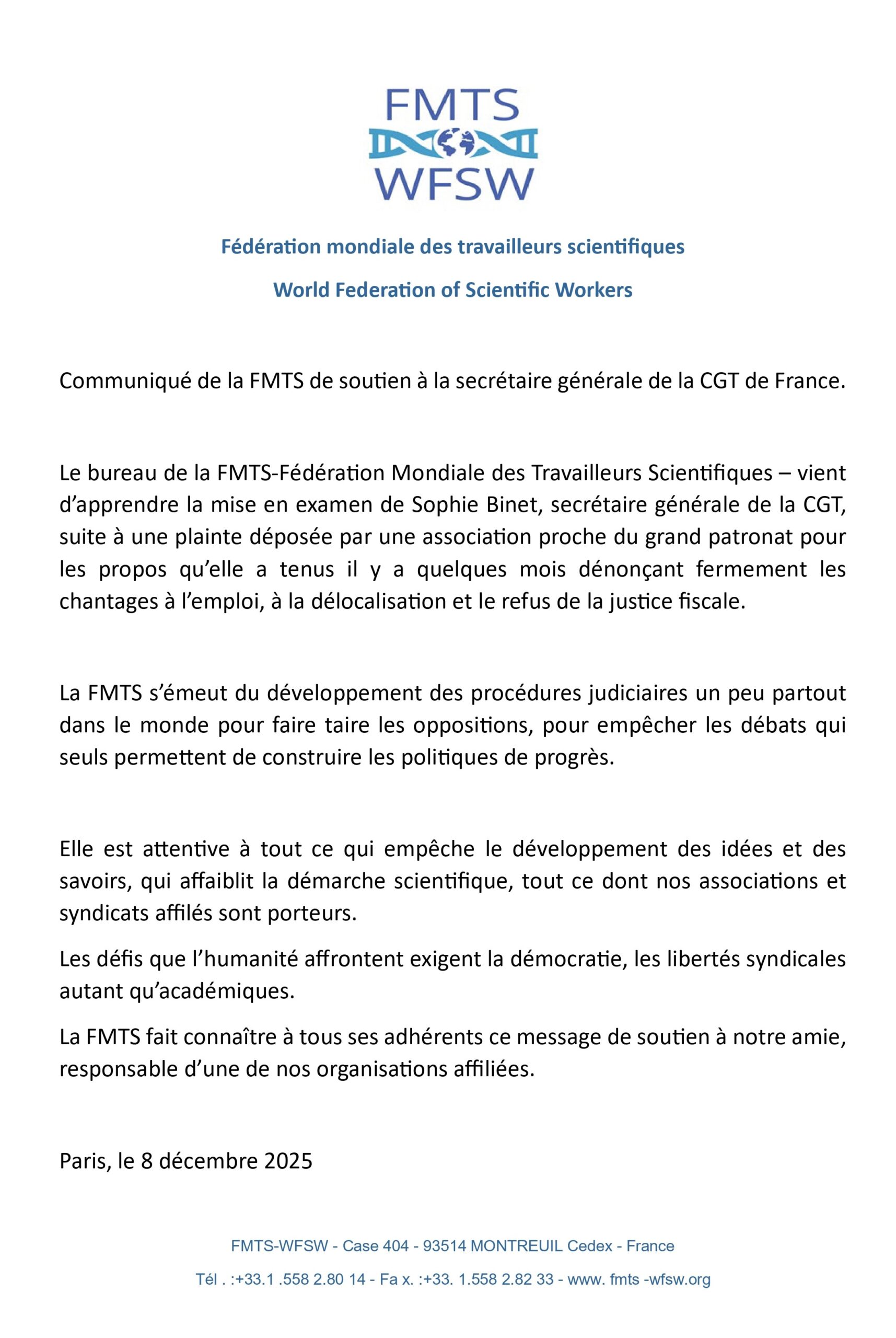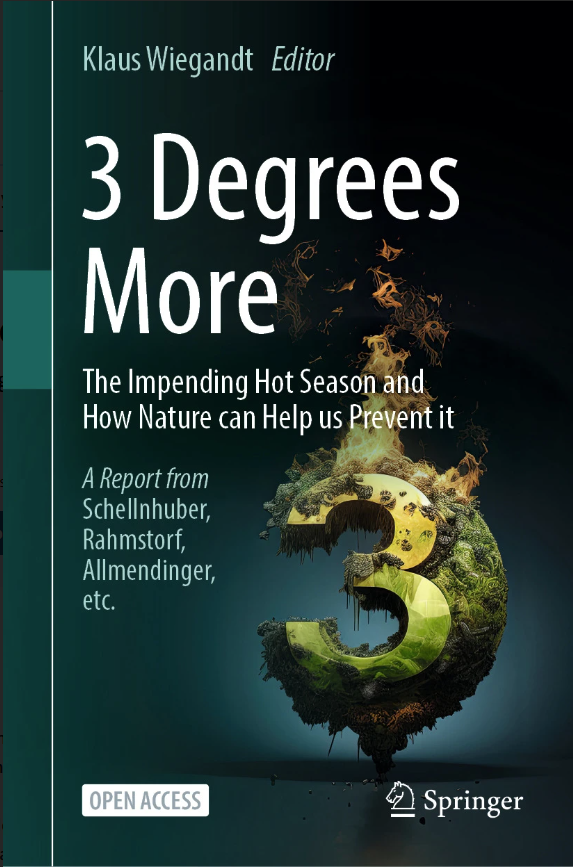Military applications of scientific work
By Frederico Carvalho, Chair of the Executive Board of OTC, the Portuguese Organization of Scientific Workers, and Vice-President of the Executive Council of the World Federation of Scientific Workers. He holds a PhD in Neutron Physics
Abstract
War as a social phenomenon has existed for as long as mankind itself. But the forms that war has taken and the means that it has used have changed significantly over time. As have the social and environmental impacts of wars. Scientific knowledge and the technological developments it has generated have always been associated to the evolution of military means, weapons and system
In the second quarter of the last century ― nearly eighty years ago ― the development of nuclear weapons ― man’s control over the “atomic fire”, as it is sometimes depicted ― created a new situation: it gave mankind the possibility of exterminating life on Earth
The open letter « Autonomous Weapons: an Open Letter from AI & Robotics Researchers » published on july 2015, states that :
“Autonomous weapons select and engage targets without human intervention. They might include, for example, armed quadcopters iv that can search for and eliminate people meeting certain pre-defined criteria, but do not include cruise missiles or remotely piloted drones for which humans make all targeting decisions. Artificial Intelligence (AI) technology has reached a point where the deployment of such systems is — practically if not legally — feasible within years, not decades, and the stakes are high: autonomous weapons have been described as the third revolution in warfare, after gunpowder and nuclear arms
Other aspects are worth mentioning in the context of the development of technologically-advanced new weapons. Such aspects are also related to advances in AI and robotics, combined with the outcomes of research and innovation in other fields. It is the case, for instance, of “electronic warfare”, which includes the use of “directed-energy weapons”, namely high-power laser emitters; of the so-called “cyberwarfare”; and also of miniaturized nuclear weapons combined with undetectable airborne delivery systems. Cyberwars carried out on Earth, including the selective diffusion of computer viruses and hacking activities (although it should be noted that not all actions by so-called hackers are negative) are a fertile ground for disabling key infrastructures, including energy supply, transportation, health services, water supply, communications, industrial plants, etc.
Weapons, drugs and the traffic of human beings are some of the most lucrative businesses of our time. They are carried out on the margins of lawfulness, ethics, morals and human and environmental rights. All make use of technological developments and the advancement of scientific knowledge. Only by making the public aware of the dangers of the inappropriate use of such developments can we minimize the associated risks. The role of the scientific community could be decisive in this regard. It is a community of women and men whose education allows them to separate the wheat from the chaff when it comes to the new possibilities opened up by science and technology. However, to engage public opinion so that it may act as catalyst for a political process, the identification and explanation of potential risks cannot be confined to the scientific community itself. A community, incidentally, where a significant number is unaware of such issues for lack of interest, of time or relevant information outside their specific professional expertise. Promoting a civic activism that will engage common men and women is of the utmost importance. We see the present paper as a modest contribution to that end.





